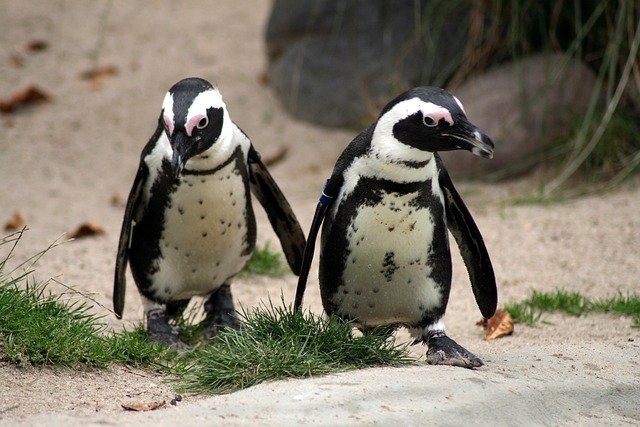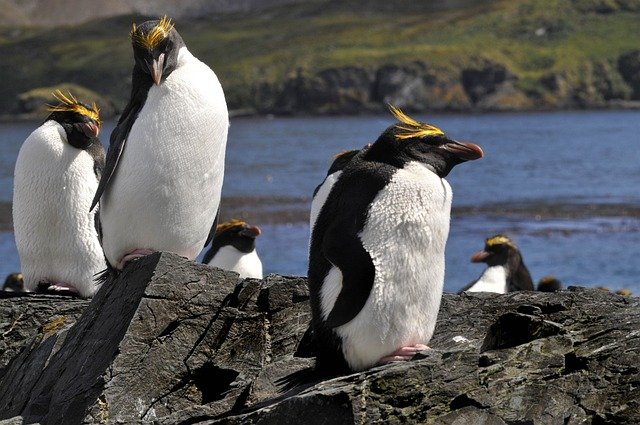**Topic: The Unique Social Structures of Penguin Colonies: Cooperation, Communication, and Care** In

The Unique Social Structures of Penguin Colonies: Cooperation, Communication, and Care
Penguins, those charming flightless birds, are not only known for their distinctive black and white plumage but also for their complex social structures. Living in colonies that can number in the thousands, these fascinating creatures exhibit remarkable behaviors of cooperation, communication, and care that are essential for their survival in harsh environments.
Cooperation in Penguin Colonies
One of the most striking features of penguin social life is their cooperative behavior. Penguins often engage in group foraging, where they work together to locate and catch fish. This cooperation increases their chances of success, as they can drive schools of fish into tighter groups, making them easier to catch.
During the breeding season, cooperation becomes even more critical. Many species of penguins, such as the Emperor and Adélie penguins, exhibit a behavior known as "crèching." In this system, adult penguins take turns watching over a group of chicks, allowing parents to leave their young in a safe group while they go foraging for food. This communal care ensures that the chicks are protected from predators and can thrive in their early stages of development.
Communication Among Penguins
Communication is vital for maintaining the social structure of penguin colonies. Penguins use a variety of vocalizations, body language, and visual displays to convey messages to one another. Each species has its own unique calls, which help individuals identify their mates and chicks amidst the cacophony of the colony.
Vocalizations can range from the distinctive braying of the African penguin to the trumpeting calls of the Emperor penguin. These calls play a crucial role during the breeding season, as they help penguins locate their partners and reinforce pair bonds. Additionally, body language, such as bowing and posturing, is used to communicate aggression or submission, helping to maintain order within the colony.
Care for the Young
Penguins are known for their exceptional parental care. After laying eggs, both parents share the responsibility of incubating them, taking turns to keep them warm and protected. In species like the Emperor penguin, males endure extreme conditions, fasting for weeks while they incubate the single egg, showcasing their commitment to nurturing their young.
Once the chicks hatch, both parents are involved in feeding and protecting them. Parents regurgitate food for their young, ensuring they receive the necessary nutrients to grow strong. This shared responsibility not only strengthens the bond between mates but also fosters a sense of community within the colony.
Conclusion
The social structures of penguin colonies are a testament to the power of cooperation, communication, and care in the animal kingdom. These behaviors not only enhance their chances of survival but also create a fascinating social dynamic that captivates researchers and wildlife enthusiasts alike. As we continue to study these remarkable birds, we gain deeper insights into the complexities of their social lives and the importance of community in the animal world.
Whether you're a seasoned ornithologist or simply a fan of these delightful creatures, penguins offer a unique perspective on social behavior that is both inspiring and thought-provoking.

Upvoted! Thank you for supporting witness @jswit.